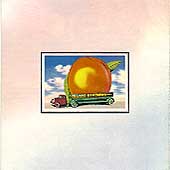Another week, another fresh set of rumors about Apple's next rendition of the iPad.
The latest wave stems from Digitimes once again, which claims Apple is expected to unveil two versions of its next iPad in late January.
Perhaps the most important detail is Digitimes has backed off an earlier report that Apple was planning to launch a "mini" iPad with a 7.85-inch screen.
According to the latest Digitimes details, it appears Apple will release two new iPad models and price the iPad 2 to compete with Amazon's red-hot Kindle Fire tablet.
The new iPads will reportedly include 9.7-inch screens with retina displays, dual LED light bars to bolster brightness and quad-core A6 processors. What sets these tablets apart: their cameras. One has a 5-megapixel camera while the other is 8 megapixels.
Rumors of the next iPad arrive as sales of Amazon's Kindle Fire continue to flourish. The online retailer says the $199 tablet remains the top-selling item on its site after 13 weeks. Also, Dave Limp, the vice president for Amazon's Kindle division, said earlier this month the Fire "is the most successful product we've ever launched."
http://content.usatoday.com/communities/technologylive/post/2011/12/report-apple-to-unveil-next-ipad-in-january/1



![[pizza1]](http://si.wsj.net/public/resources/images/OB-QT973_pizza1_F_20111129110805.jpg)


![[PIZZA-Ahed]](http://si.wsj.net/public/resources/images/P1-BD601A_PIZZA_CV_20111129174127.jpg)
 Recently we noticed a lot of traffic to our
Recently we noticed a lot of traffic to our 















